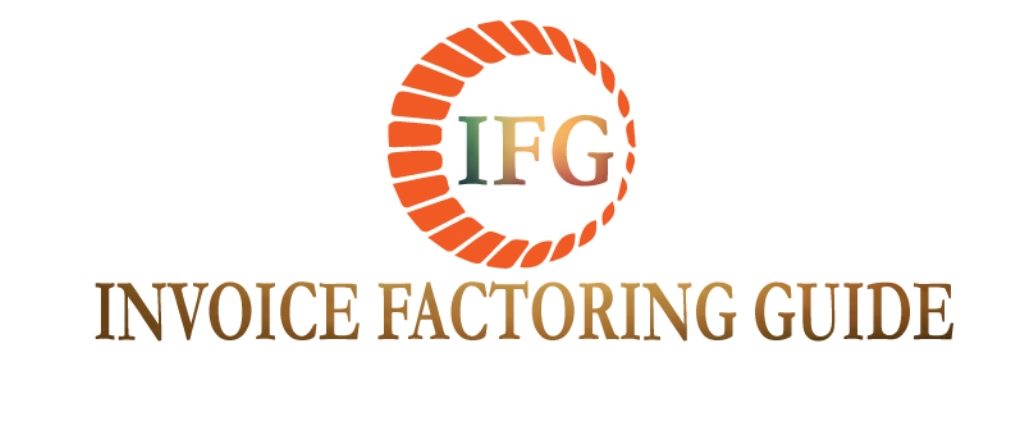Small Business Line of Credit: You’ve Made It
 There are different types of small business funding available for businesses. They range from less desirable merchant cash advances, to the highly sought after small business line of credit.
There are different types of small business funding available for businesses. They range from less desirable merchant cash advances, to the highly sought after small business line of credit.
This article addresses the following topics:
- What is a Business Line of Credit?
- How a Business Line of Credit Works
- Secured vs Unsecured Credit Lines
- Line of Credit Pros and Cons
- Business Line of Credit vs Invoice Financing
What is a Small Business Line of Credit?
Businesses aspire to receive funding in the form of a small business line of credit, which provides financial insurance for a business. The business doesn’t have to borrow on the line of credit, it can simply tap the credit line as needed, such as an unforeseen cash crunch. Many financial experts applying for a business line of credit before actually need to. There is no repayment needed unless the line of credit is tapped.
The credit line could also be used to capitalize on a unique business opportunity. For fast-growing firms, the funds from a business line of credit are often used for seasonal financing including inventory buildup and receivables financing.** An annual financial review is typically conducted by the lender to maintain or renew the business line of credit.
How a Small Business Line of Credit Works
The line of credit is usually executed through a series of renewable, 90- day notes. With a traditional line, the bank expects the borrowing business to repay the loan within a year and hold a zero loan balance for up to two months. This is referred to as “resting the line”.
The bank may also require the business to maintain a checking account at the bank with a minimum or ‘compensating’ balance of up to 10% of the loan, for additional collateral. These lines of credit are considered either secured or unsecured.
Secured Small Business Line of Credit
Banks may require the loan to be backed by (secured) certain assets of the company. The business often pledges current assets including accounts receivable (including outstanding invoices), equipment and inventory. Sometimes, such asset based lending includes property or fixed are pledged. Under a secured lending agreement, the bank has recourse against the pledged assets in the case of non-payment by the business.
Unsecured Small Business Line of Credit
If banks extend the loan without any pledged collateral, it is known as an unsecured loan. The traditional, unsecured line of credit requires lots of documentation. Prepare to submit tax returns (business and personal), financial statements and credit checks. An example of an unsecured credit line would be business credit cards. The interest rates are considerably higher for unsecured lines.
Small Business Line of Credit Pros and Cons
Pros
- Among the cheapest forms of borrowing
- Flexibility
- Allows for Ongoing Financing (hence, ‘revolving’)
- Great for Short-Term Financing
- Provides fast net working capital
Cons
- Excessive Documentation
- With a revolving line of credit, compound interest can build, especially after a missed payment.
- Not for longer-term borrowing needs.
- Usually only well-established businesses get the best terms
Small Business Line of Credit vs Invoice Financing
A small business line of credit from a bank is a great option for short-term financing needs. But many early-stage companies can’t get access to a traditional credit line due to lack of financial statements or lack of operating history.
For these companies, invoice finance might be the only viable option they have. If you cannot qualify for a traditional credit line, consider invoice factoring (a.k.a. accounts receivable factoring) and contact a factoring company. (Click here to learn, what is factoring?) Factoring receivables is a viable alternative to traditional lending and can offer numerous benefits.
But it also happened to businesses. When the commercial paper markets froze up in the fall of 2008, banks, and therefore their business borrowers, were severely hampered with a lack of short-term funding. A 2014 survey by the National Small Business Association revealed 29% of small business owners reported having their lines of credit reduced in the last four years and nearly 1 in 10 were called in early by the bank.
Invoice financing is typically pursued by fast-growing companies who have late-paying customers in the transportation, manufacturing and construction industries. Specifically, trucking factoring companies offer not only offer expedited funding but also supplementary services including load boards, fleet cards and discount networks.
Small businesses generally need to extend credit terms to land larger accounts, so startups are typically the ones who will use the invoices as collateral for financing, or sell them outright to a third-party in a factoring transaction.
Lenders that offer lines of credit include:
- OTR Capital
- Fleet One Factoring
- Riviera Finance
- Bluevine
- Fundbox
- Tab Bank
- Kabbage loans
- Apex Factoring
- Ondeck Capital
- Crestmark
- Rapid Advance
- Seacoast Bank
- Chemical Bank
- Northwest Savings Bank
- Middlesex Savings Bank
- Union Savings Bank
- Mascoma Savings Bank
- Security Service Federal Credit Union
For more information on these lenders, visit our reviews area. Our favorites include Fundbox reviews Bluevine reviews, Lendio reviews, Kabbage reviews and Ondeck reviews.
